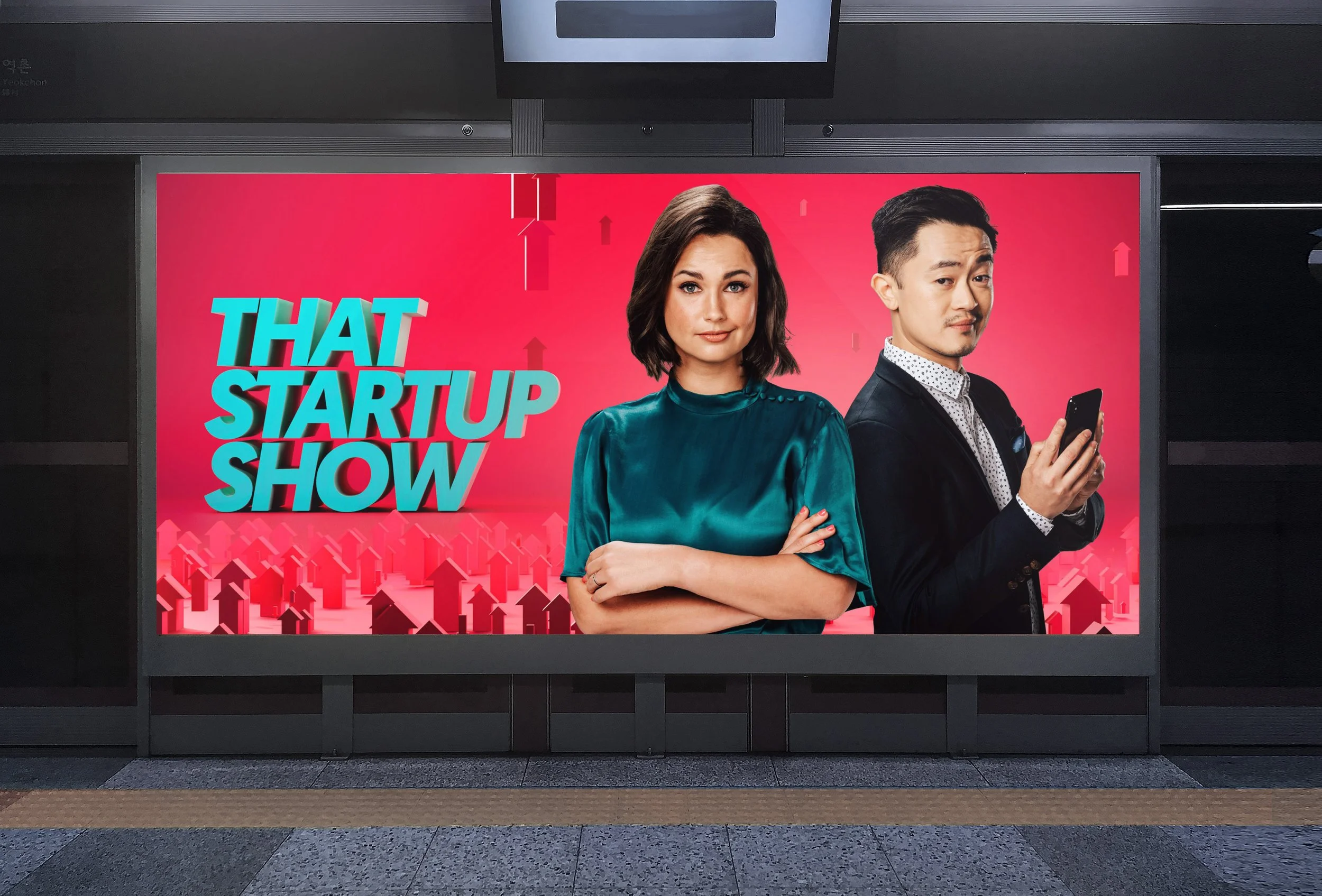LICENSING & USAGE
LICENSING & USAGE
WHAT IS PHOTOGRAPHY LICENSING AND WHY AM I PAYING FOR THEM?
The licensing of creative work exists in many forms. For example, musicians license their music to TV commercials, writers license their stories to movie productions and software companies license their products to businesses on scale. By law the creators continue to own the intellectual property rights of their work, even after a client receives a copy for use. Licensing essentially enables the creator to manage how their content is used.
It is no different when working with a well-established commercial photographer. Commercial photographers retain all intellectual property rights to the work they create, which is protected by copyright law. When a company engages a commercial photographer, they aren’t just paying for the shoot; they are asking the photographer to create valuable, custom-made imagery to market their brand at various scales and to diverse audiences. The work can potentially have enormous value if used across numerous marketing media platforms and locations.
For example, a commercial photographer would charge the same creative fee for a local family-run coffee shop as for a commission from Starbucks. However, because the local coffee shop will only use the images for their website, which is within the photographer’s terms, there are no licensing fees needed. On the flip side, Starbucks is going to run a worldwide campaign using the images on billboards, tram stops, and social media advertising for one year, which in turn makes the images far more valuable, hence where licensing fees come into the equation.
The photographer will authorise usage rights of the work according to a client’s specific needs. This is achieved by considering factors such as what media types the client wants, whether they want exclusive rights to the work (Exclusivity), how long they want to use it for (Duration), and where they want to use it (Region). Some clients think that asking for ‘all rights across all media types, all locations in perpetuity’ is a good idea, however, this usually results in unnecessarily high costs, as the potential value of the work is enormous and is then reflected within the photography licensing fee. It is far cheaper to license the work only in the media, within the region, and the duration required for use.
It is also important to understand that if a client only intends to use the work within the photographer’s lower scope of usage media, ie within their standard usage rights, they will not require an additional license. It is only when a client wishes to use the work for a higher scope advertising aimed at broader audiences, such as in online advertising, trade, packaging, broadcast, POS, or OOH (see definitions below) capacity that a usage license is required.
Photography License example
The images supplied with this invoice are granted for use by {Client} starting on the date this invoice is paid in full.
This Exclusive Usage License is granted for all media, excluding Broadcast.
Online/Digital, Online Advertising, Print/Press (A4), Tradeshows, Product Packaging, P.O.S. and O.O.H. in Australia only for 1 year.
Licensee: {Client} Licensor: {photographer name}
Credit: {?} Photos from {campaign name} / {work description}
Usage Date: TBC
Duration: 1 Year
Usage Expires: TBC
Exclusivity: Exclusive
Region: National
Media: Online/Digital, Online Advertising, Print/Press (A4), Tradeshows, Product Packaging, P.O.S. and O.O.H (excluding Broadcast)
Please contact me for further usage rights.
The Photographer retains all Copyright of the Work at all times.
This license is strictly limited to the terms and conditions attached and governed by the Copyright laws of Australia, as specified in the Copyright Act 1968.
‘Client’ - means the person or organisation to whom the invoice is addressed, its representatives, agents and assigns and successors.
‘Work’ - means the photographic image/s or video footage produced by digital capture or film, or any other type of physical or digital means.
‘Copyright’ - means a form of intellectual property that protects the original expression of ideas. It enables the creator to manage how their content is used.
‘Licence’ or ‘Usage Rights’ - means those rights licensed for use to the company, corporation, business or entity named on the License.
LICENSING TERMINOLOGY
'Digital/Online' - When the Work is used in digital/web online media. (Internet, Website, Organic Social Media, Blogs, EDM’s, Intranet).
'Online Advertising' - When the Work is used in any paid online advertising media. (Google Ads, YouTube Ads, Social Media Ads).
'Print/Press (A4)-When the Work is used in paper printed media that you can hold in your hand. (Newspapers, Magazines, Booklets, Brochures, Flyers, Mailers).
'Tradeshows' - When the Work is used in B2B trade shows/exhibitions not open to the general public. (Pop-Up Displays, Booth displays, Banners, A-frames, Floor Graphics).
'Product Packaging' - When the Work is displayed on the packaging for a commercial or retail product.
'Broadcasting' - When the Work is displayed on any network (Traditional TV, Subscription TV, or OOT Streaming platforms).
'Point-of-Sale/POS' - Is any non-paid placement, digital or print indoor display to promote a product, service, or corporation, within a third-party retail space or client location. (Banners, Signage, Counter cards, Displays, In-store posters, Table tents, Hang tags).
'Out-of-Home/OOH' - Is virtually any paid placement display, digital or print outside viewable to the general public from any public or private space. (Billboards, Bus & Tram wraps, Bus & Trams shelters, Outdoor displays, Rail cards).
'2 Years' - Licence duration stated in years, starting from the final payment received.
'Perpetuity' - There is no expiry or end date on the rights to use the Work
'Non-Exclusive' - Wren Steiner can grant the same or similar rights to multiple licensees.
'Exclusive' - This limits Wren Steiner’s ability to grant the Work on to a third party.
'Locally' - The usage of the Work is limited to one local region.
'Nationally' - The usage of the Work is limited to Australia only.
'Worldwide' - The usage of the Work can be anywhere throughout the world.


